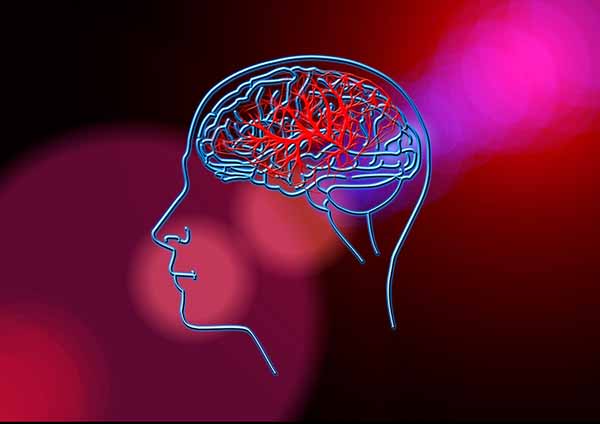A stroke can happen to anyone, at any time. It occurs when blood flow to an area of the brain is cut off. May is recognized as National Stroke Awareness Month to promote the importance of understanding risk factors and symptoms. The Wayne State University School of Medicine is committed to educating the community. Here’s what you need to know about strokes:
Risk Factors
Hypertension (high blood pressure), high cholesterol, atrial fibrillation and diabetes are medical risk factors of stroke. Life-style risk factors include smoking, excessiv e alcohol use and obesity.
e alcohol use and obesity.
“The best way to reduce your risk of stroke is to check with your doctor to manage any medical risk factors,” said Kristiana Kaufmann, M.D., M.P.H, an assistant professor of emergency medicine at the Wayne State University School of Medicine.
“You can also reduce your risk by not smoking, limiting alcohol use and maintaining a healthy diet along with regular exercise.”
Symptoms
The National Stroke Association uses the acronym FAST as an easy way to remember and identify the most common symptoms of a stroke. Recognition of a stroke and calling 9-1-1 will determine how quickly someone can receive treatment.
F – FACE: Ask the person to smile. Does one side of the face droop?
A – ARMS: Ask the person to raise both arms. Does one arm drift downward?
S – SPEECH: Ask the person to repeat a simple phrase. Is their speech slurred or strange?
T – TIME: If you observe any of these signs, call 9-1-1 immediately.
Immediate treatment may minimize long-term effects of a stroke and even prevent death.
Neck-cracking
Recently, there have been news reports of younger adults experiencing strokes after cracking their necks. Dr. Kaufmann explained that this is not a common occurrence.
“Even though this has been in the news, neck-cracking leading to stroke is extremely rare. This is caused by vessels in the neck, called the vertebral arteries, becoming damaged, therefore blocking blood flow to part of the brain,” she said.
She explained that this can be seen after car accidents, rollercoaster rides, chiropractic manipulation and, rarely, self-neck manipulation or 'neck-cracking'.
“This is extremely rare, but can be recognized by the similar symptoms of stroke and should be acted on quickly,” Dr. Kaufmann added.
Educational initiatives at Wayne State
The School of Medicine’s First Aid First student organization has produced an educational video about how to recognize stroke symptoms, and what to do if you encounter someone having a stroke. First Aid First also provides free, life-saving training to community members in the metropolitan Detroit area to empower individuals to respond quickly and confidently during real-life medical emergencies. Learn more about First Aid: How to Recognize a Stroke.
For even more information on stroke and stroke symptoms, check out these educational materials courtesy of the National Stroke Association: